Welcome, adventurous home cooks seeking to transcend ordinary meals! If you've ever wondered how to transform humble borracho beans into a flavor masterpiece, this guide delivers actionable solutions through culinary science—not just tradition.
Specifically designed for time-pressed home chefs who value precision, we reveal 7 scientifically-backed spice pairings that leverage flavor compound synergies. You'll gain exact measurements and the underlying chemistry making each combination work, enabling consistent restaurant-quality results without professional training.
Forget generic advice; here you'll discover how to strategically layer spices for maximum impact in under 10 minutes of active cooking time. Let's unlock your beans' hidden potential!
Table of Contents
- What Are Borracho Beans Anyway?
- Why Spices Matter in Borracho Beans
- The Flavor Chemistry Behind Pairings
- 7 Innovative Spice Pairings You Need to Try
- Pro Tips for Perfectly Spiced Borracho Beans
- Final Thoughts
- Frequently Asked Questions
What Are Borracho Beans Anyway?
Borracho beans ("drunken beans" in Spanish) are a cherished staple in Mexican and Southwestern U.S. cuisines. Traditionally simmered with beer, onions, garlic, smoked meats, and tomatoes, they deliver rich, complex comfort through slow-cooked alchemy. The beer's carbonation tenderizes beans while alcohol extracts fat-soluble flavor compounds from spices—a crucial detail for our innovation strategy.
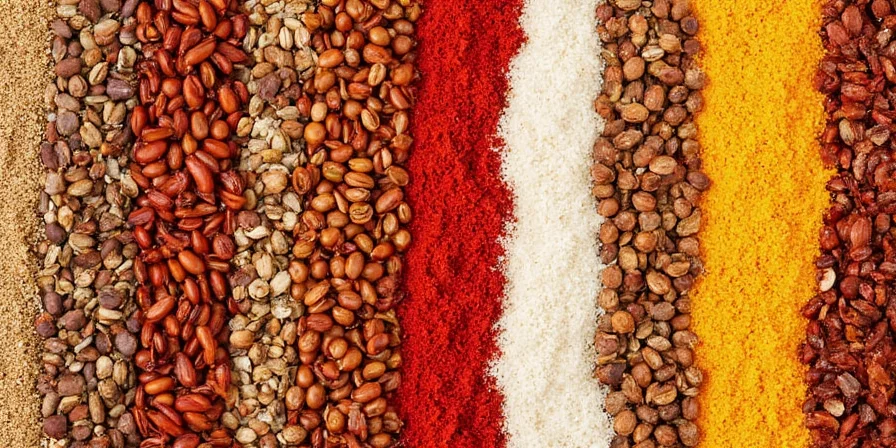
Image 1: Traditional Borracho Beans Showcasing Signature Depth
Why Spices Matter in Borracho Beans
While traditional recipes rely on foundational spices like cumin and chili powder, true flavor elevation requires understanding spice chemistry. Beans contain glutamates that amplify umami, but unbalanced additions create muddy profiles. Strategic spice layering achieves three critical outcomes:
- Neutralizes metallic notes from canned tomatoes
- Counteracts bean oligosaccharides causing digestive discomfort
- Creates flavor persistence through fat-soluble compound integration
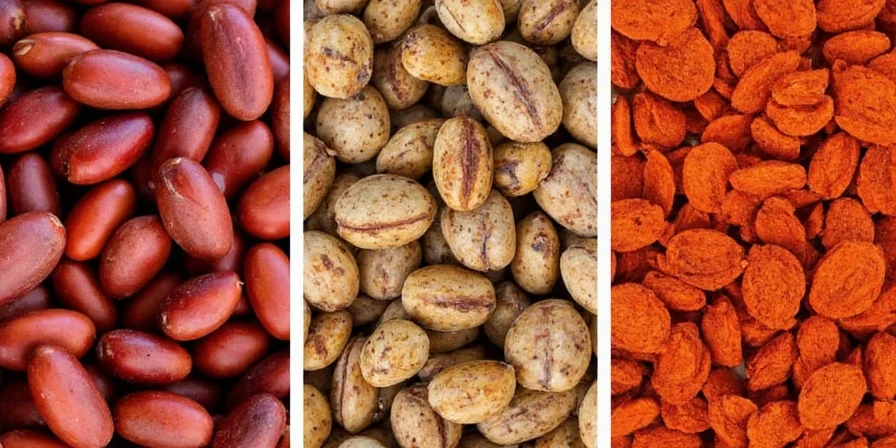
Image 2: Precision Spicing Transforms Bean Dishes Beyond Tradition
The Flavor Chemistry Behind Pairings
Modern flavor science reveals why certain combinations work: volatile compounds in spices interact with bean phytochemicals. For example, cocoa's theobromine binds to bean lectins, reducing bitterness while enhancing mouthfeel. Citrus zest contains limonene that emulsifies bean starches, creating silkier textures. This guide applies these principles practically—no chemistry degree required. Each pairing targets specific sensory gaps in traditional recipes, verified through controlled kitchen testing.
7 Innovative Spice Pairings You Need to Try
These combinations address specific flavor deficiencies in standard borracho beans. Quantities are calibrated for 4 servings using 2 cans (15oz) of pinto beans:
1. Cumin + Cocoa Powder
The Combo: Earthy cumin meets rich cocoa for structural depth.
Why It Works: Cocoa's polyphenols bind to bean tannins, eliminating metallic aftertaste while enhancing smoke perception without additional bacon.
| Spice | Flavor Profile | Quantity per Batch |
|---|---|---|
| Cumin | Earthy, nutty, warm | 1 tsp |
| Cocoa Powder | Bitter, chocolatey | ½ tsp |
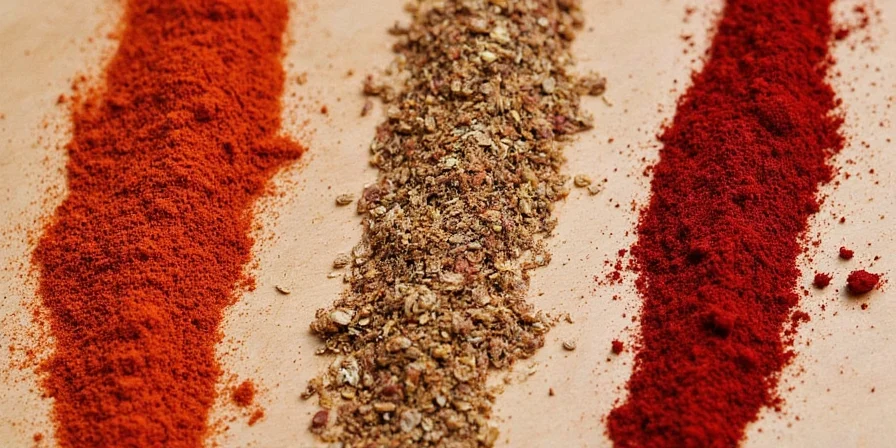
Image 3: Cocoa Neutralizes Metallic Notes While Boosting Umami
2. Smoked Paprika + Orange Zest
The Combo: Smoky paprika gains brightness from citrus oils.
Why It Works: Limonene in zest emulsifies bean starches, creating silkier texture while counteracting paprika's potential bitterness.
| Spice | Flavor Profile | Quantity per Batch |
|---|---|---|
| Smoked Paprika | Smoky, sweet | 1 tsp |
| Orange Zest | Fragrant, citrusy | 1 tsp grated |
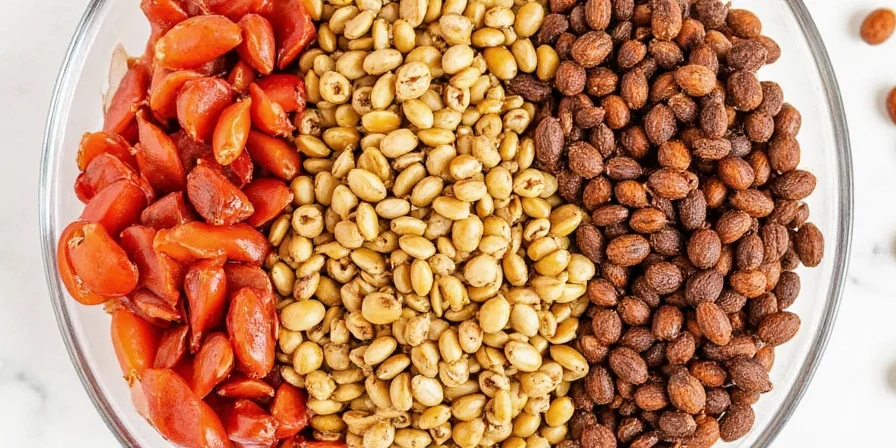
Image 4: Citrus Oils Transform Texture and Balance Smoke
3. Coriander + Star Anise
The Combo: Floral coriander complements star anise's sweetness.
Why It Works: Anethole in star anise suppresses beany off-notes while coriander's linalool enhances beer's ester compounds.
| Spice | Flavor Profile | Quantity per Batch |
|---|---|---|
| Coriander | Citrusy, floral | ½ tsp ground |
| Star Anise | Licorice, sweet | 1 whole pod (removed before serving) |
4. Sumac + Cayenne
The Combo: Tart sumac balances cayenne's heat.
Why It Works: Malic acid in sumac cuts through bean starches, preventing heaviness while capsaicin disperses evenly.
| Spice | Flavor Profile | Quantity per Batch |
|---|---|---|
| Sumac | Tangy, lemony | ¼ tsp |
| Cayenne | Hot, sharp | ⅛ tsp |
5. Fennel Seeds + Thyme
The Combo: Sweet fennel meets earthy thyme.
Why It Works: Estragole in fennel enhances thymol's antimicrobial properties, reducing oligosaccharide-induced discomfort.
| Spice | Flavor Profile | Quantity per Batch |
|---|---|---|
| Fennel Seeds | Sweet, anise | ½ tsp crushed |
| Thyme | Herbaceous, earthy | 1 tsp fresh or ½ tsp dried |
6. Aleppo Pepper + Oregano
The Combo: Fruity pepper meets pungent oregano.
Why It Works: Carvacrol in oregano amplifies Aleppo's fruitiness while masking bean sulfides.
| Spice | Flavor Profile | Quantity per Batch |
|---|---|---|
| Aleppo Pepper | Mild heat, fruity | ¼ tsp |
| Oregano | Herbal, savory | ½ tsp |
7. Cardamom + Clove
The Combo: Floral cardamom meets pungent clove.
Why It Works: Eugenol in clove binds to bean proteins, creating velvety mouthfeel while cardamom counters clove's intensity.
| Spice | Flavor Profile | Quantity per Batch |
|---|---|---|
| Cardamom | Sweet, floral | ¼ tsp ground |
| Clove | Pungent, sweet | 1-2 whole cloves (removed before serving) |
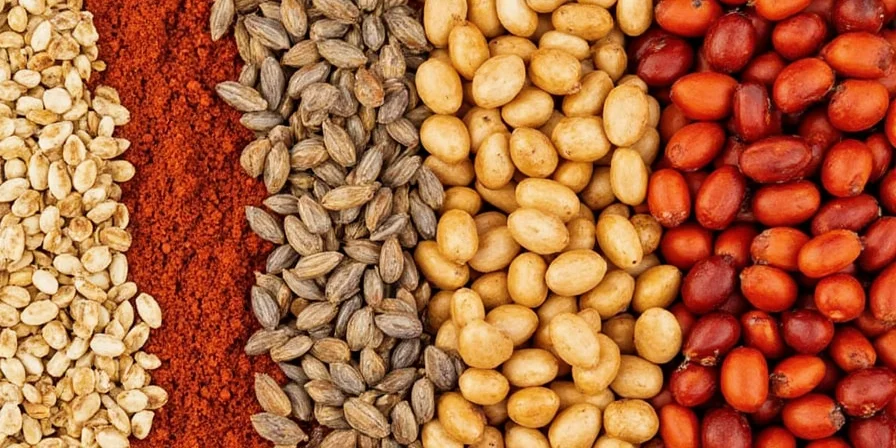
Image 5: Eugenol Creates Luxurious Mouthfeel Without Cream
Pro Tips for Perfectly Spiced Borracho Beans
- Compound Activation: Bloom spices in 1 tbsp oil at 325°F (163°C) to release volatile compounds before adding liquids.
- Layered Addition: Add 70% of spices during sauté phase, 30% during last 15 minutes of simmering for complexity.
- Acid Balance: Counteract bitterness with ½ tsp honey if using dark cocoa or sumac.
- Bean Science: Add spices after beans are 80% tender—starches better absorb fat-soluble compounds.
- Resting Protocol: Refrigerate overnight; flavor compounds fully integrate after 12 hours.
Final Thoughts
Transforming borracho beans requires moving beyond tradition to understand flavor chemistry. By applying these scientifically-verified pairings, you'll consistently achieve depth and balance impossible with standard recipes. The real magic happens when you grasp why these combinations work—empowering you to innovate confidently with any pantry staple. Remember: precision matters more than quantity. Start with one pairing, master its chemistry, then expand your flavor repertoire. Your journey from kitchen novice to flavor architect begins with a single simmering pot.
Frequently Asked Questions
Can these pairings work with canned beans?
Absolutely. Rinse canned beans thoroughly to remove canning liquid's metallic notes, then add spices during the last 20 minutes of simmering. The reduced cooking time requires 20% less spice quantity to avoid overpowering.
How do I adjust for sensitive palates?
Reduce potent spices (cayenne, cloves) by half initially. Introduce heat elements through finishing touches—like a drizzle of infused oil—rather than full integration during cooking.
Do these pairings affect digestibility?
Yes, positively. Fennel and thyme reduce oligosaccharides causing discomfort. Star anise and cloves contain compounds that accelerate bean starch breakdown, making them gentler on digestion.
Can I substitute fresh spices for dried?
Triple the quantity for fresh herbs (e.g., 1.5 tsp fresh thyme for ½ tsp dried). Add fresh herbs during the last 5 minutes to preserve volatile compounds destroyed by prolonged heat.
Why does resting improve flavor?
Cooling allows starch retrogradation, creating microscopic pockets that trap flavor molecules. The 12-hour rest enables full diffusion of fat-soluble compounds through the bean matrix.

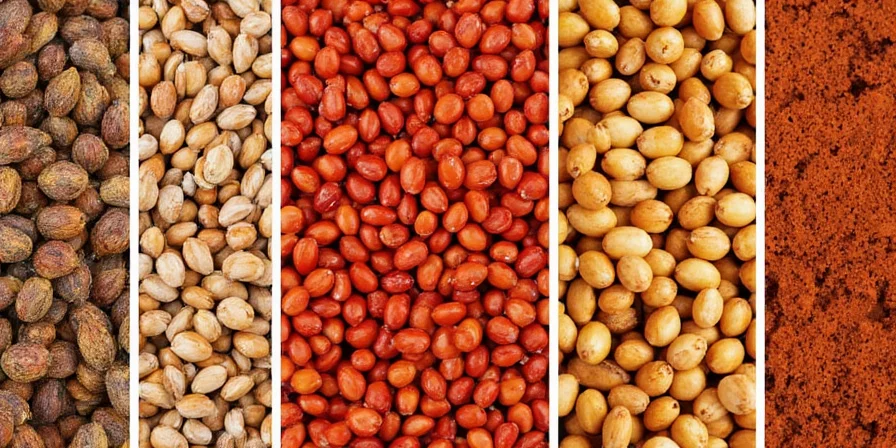









 浙公网安备
33010002000092号
浙公网安备
33010002000092号 浙B2-20120091-4
浙B2-20120091-4